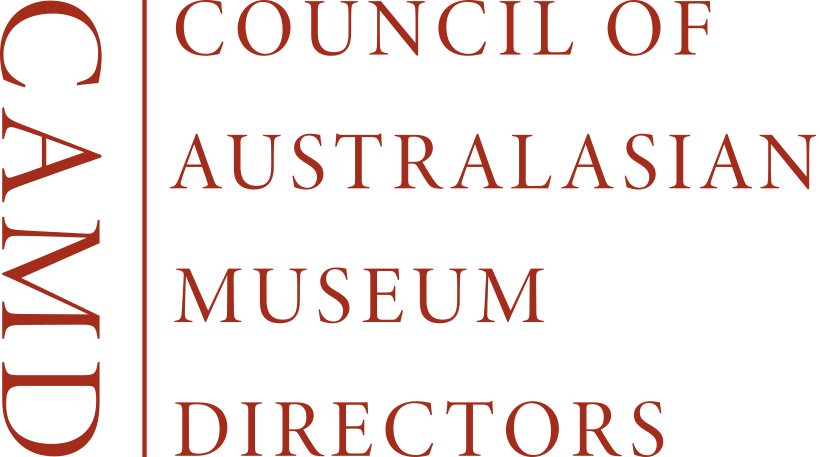Curator Conversations: Dragonflies and damselflies of south-east Queensland, Queensland Museum, June 2024

To celebrate the release of Queensland Museum’s new field guide, Dragonflies and damselflies of south-east Queensland, we chatted with the author Dr Chris Burwell, Senior Scientist and Curator of Entomology.
What got you into entomology?
I was very lucky to grow up on a small rural property and was fascinated by the natural world. I spent most of my free time looking for birds, reptiles, frogs, and mammals but also invertebrates, particularly insects.

After high school I enrolled in a science degree at The University of Queensland (UQ).
On my father’s advice I did a lot of chemistry subjects in my first year (he was an inorganic chemist) but luckily I enrolled in an invertebrate zoology subject and was enthralled.
UQ used to have a separate Entomology Department that offered a range of insect-related courses, enabling me to indulge my passion for all things 6-legged.
Where’s the best place to see dragonflies and damselflies in south-east Queensland?
South-east Queensland is a fantastic place to look for dragonflies and damselflies — around 115 species have been recorded from the region.
The best places to look have a variety of freshwater habitats because the immature stages of dragonflies and damselflies are aquatic. Somewhere with a mixture of both standing waters (like ponds, dams and lakes) and flowing waters (like rivers and streams) will have a good variety of species.
I live in Brisbane, so a couple of my favourite spots are Gold Creek Reservoir in Brookfield and Karawatha Forest on the southside of town.
What’s your favourite fact about dragonflies or damselflies?
I’m in awe of one particular species of dragonfly, the Wandering Glider (Pantala flavescens). Americans call this dragonfly the Globetrotter, with good reason as it’s one of the most widely distributed insects in the world.
It can stay in the air for a very long time and adults have turned up at remote islands in the middle of the ocean.
There’s a theory that they are able to cross the vast Indian Ocean between western India and eastern Africa but this hasn’t yet been confirmed.

What’s your favourite dragonfly or damselfly and why?
It’s hard to pick a favourite as there are so many charismatic species.
In south-east Queensland, I’m always happy to come across an Australian Pygmyfly (Nannophya australis). With a body length of around 2 cm and a wingspan around 3 cm, this species is among Australia’s smallest dragonflies and easily overlooked. It’s also the species featured on the cover of the book!
What’s the best way to get involved if you are keen on entomology?
There are many ways to get involved with insects. Insects are everywhere, including lots in the average backyard or suburban park, and there’s countless new things to discover about them. All you need to do is hone your powers of observation.

There’s also a host of insect-related citizen science projects that you can engage with online. Check to see if there’s a natural history society in your local area that you could join.
Otherwise, the Queensland Entomological Society welcomes both professional and amateur insect enthusiasts. They hold meetings most months with a guest presenter and can be joined online.
Is there a photo you wished you could have included in the book?
I love this photo of a female Northern Riffle Darner (Notoaeschna geminata) laying eggs. Adults of this species are rarely encountered, so it wasn’t included in the pocket guide. Females glue eggs to the surface of rocks in fast-flowing streams, often while they are submerged.

Grab your copy of Dragonflies and damselflies of south-east Queenslandfrom the QM Shop today. Shop online or visit us in-store on Level 2 of Queensland Museum Kurilpa and explore our range of Queensland Museum publications.
With colourful images for each species, as well as helpful tips for telling dragonflies and damselflies apart, this pocket-sized field guide covers the most commonly encountered species in south-east Queensland.


